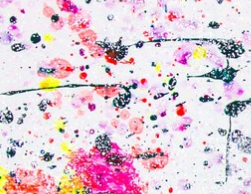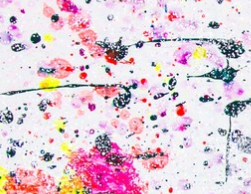Simulation of the Effects of Disorganization on Goals and Problem Solving 1.1.0
This is a model of the occurrence of disorganization and its impact on individual goal setting and problem-solving. This model is a first attempt to investigate the effects of disorganization and goal attainment (framed as problem-solving; see below). Even though some argue that disorganization may bring some benefits (Abrahamson and Freedman, 2006), the effect of disorganization on specific organizational processes and procedures have received limited attention. This model, therefore, explores the effects of disorganization on goal achievement. The primary interest of the research is to compare the efficiency of both organization and disorganization in terms of achieving goals, namely problem solving, assuming that to “solve problems” a goal needs to be set beforehand. This is done considering how motivation fluctuates among employees when problems are solved. The second objective of the model is to contribute to the building of a theory of disorganization.

